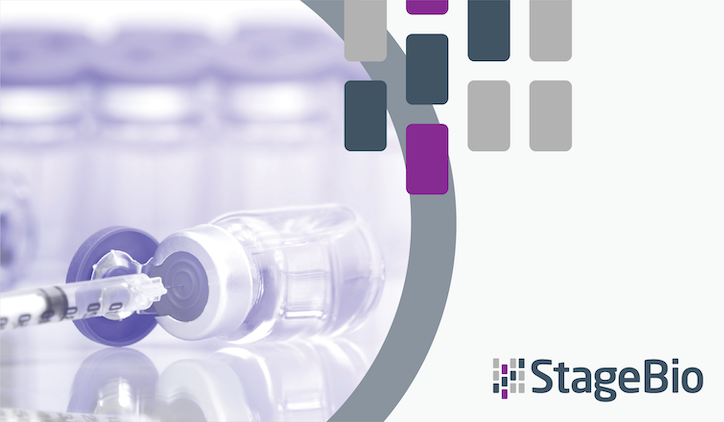What is self-amplifying mRNA technology?
Self-amplifying mRNA (SAM) technology is a relatively novel approach in vaccinology. It consists of an engineered replication-deficient alphavirus genome encoding an RNA-dependent RNA polymerase and the gene of the target antigen. The benefit that SAM technology holds over conventional vaccinology is its potential for the rapid development and large-scale production of a vaccine in the event of an unpredictable epidemic outbreak.
In fact, nucleic acid-based vaccines in general (DNA-, RNA-based and viral vectors) involve manufacturing processes independent of the encoded antigens, meaning that the same nucleic acid vector can be adapted to different antigens. This ultimately results in reduced costs and expedited vaccine production times.
However, unlike other nucleic acid-based vaccines, it has been observed that mRNA-based vaccines do not integrate inside the genome of the host cells. Instead, their site of action is in the cytoplasm, meaning they are unable to generate infectious particles. Additionally, mRNA-based vaccines can also be produced in a matter of days or weeks after obtaining gene sequence information.
How are SAM vaccines different from other mRNA-based vaccines?
SAM technology consists of an engineered alphavirus genome containing the genes encoding the alphavirus RNA replication machinery, while lacking the genes encoding the viral structural proteins required to produce an infectious alphavirus particle.
A nonclinical safety assessment of a SAM vaccine
Peer-reviewed publications regarding the possible toxic effects of the SAM vaccine are limited. To gain a better understanding of what those affects may be, Dr. Jamie Young, a senior pathologist at StageBio, co-authored a paper that included data from a repeat-dose toxicity study that involved the administering of a SAM vaccine in rats.
In the study, rats were administered rabies glycoprotein G SAM vaccines to evaluate potential repeated-dose toxicity, the local tolerance and the potential local and/or systemic toxic effects after four intramuscular injections. Persistence, delayed onset or reversibility of any effects following a four-week recovery period were also evaluated.
The paper, “Nonclinical safety assessment of repeated administration and biodistribution of a novel rabis self-amplifying mRNA vaccine in rats,” can be viewed and downloaded here.
